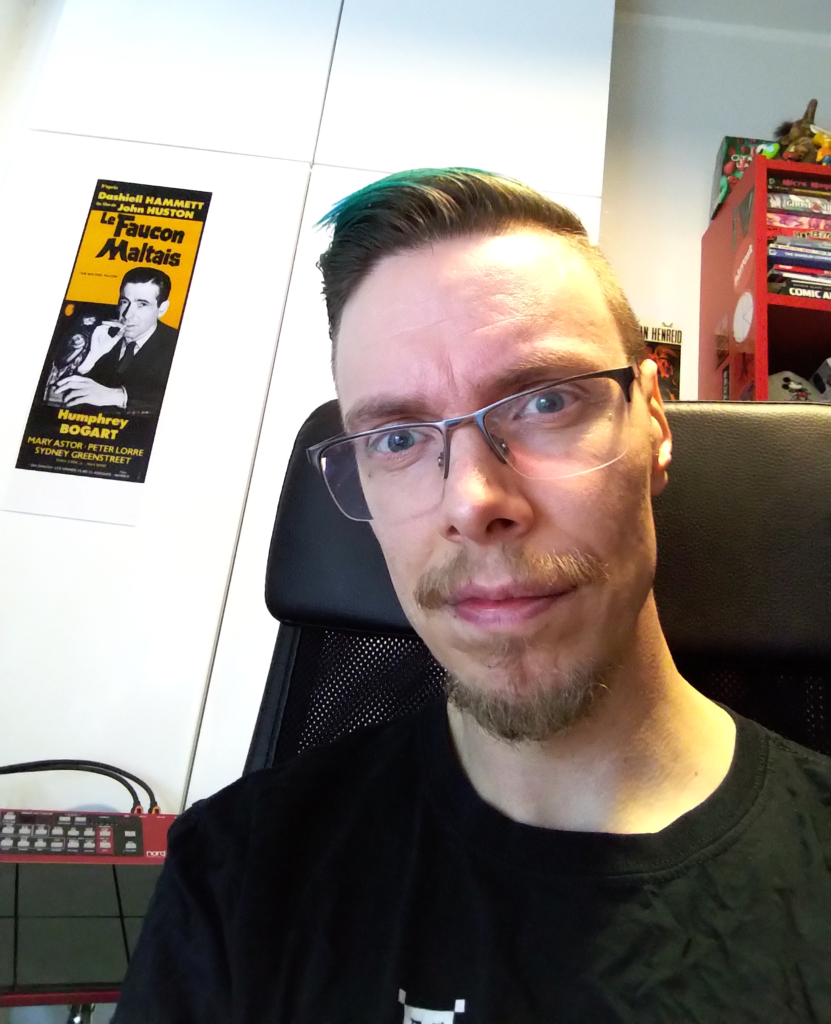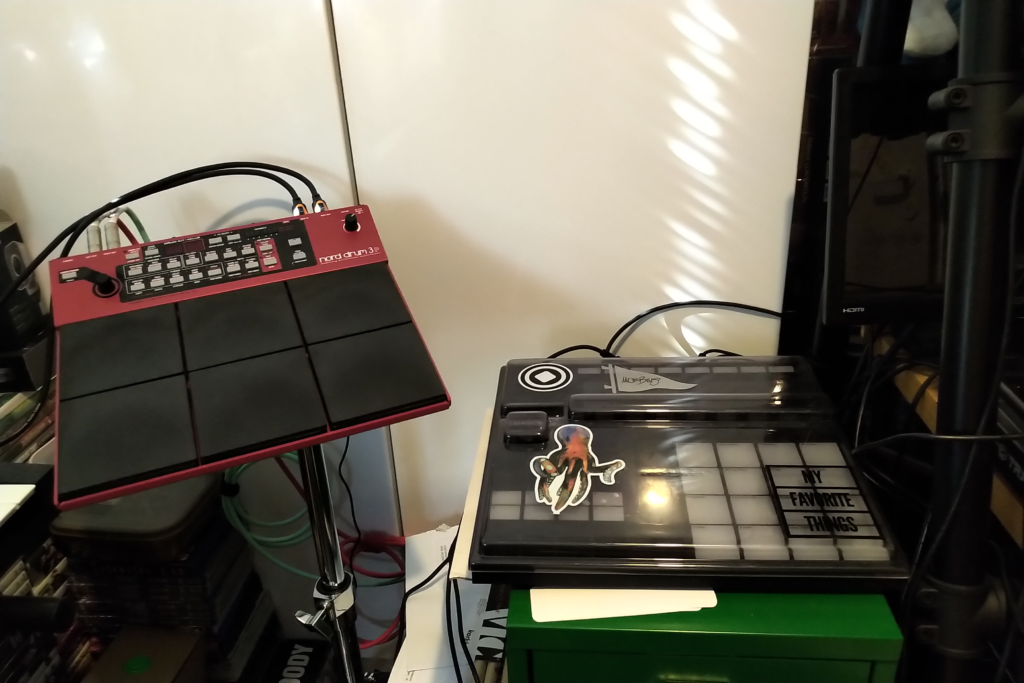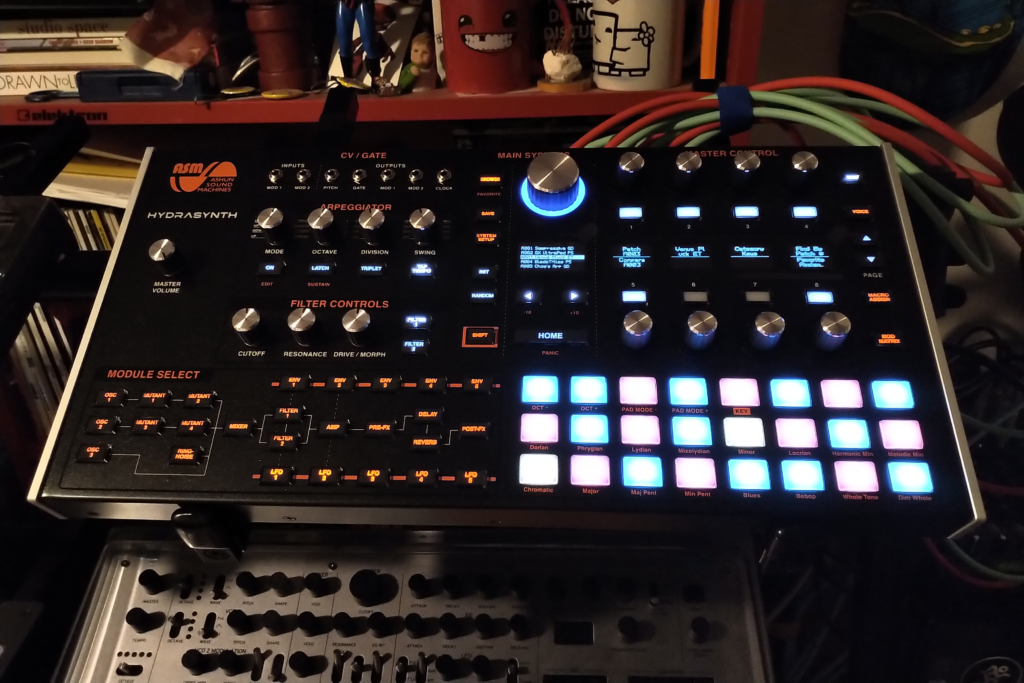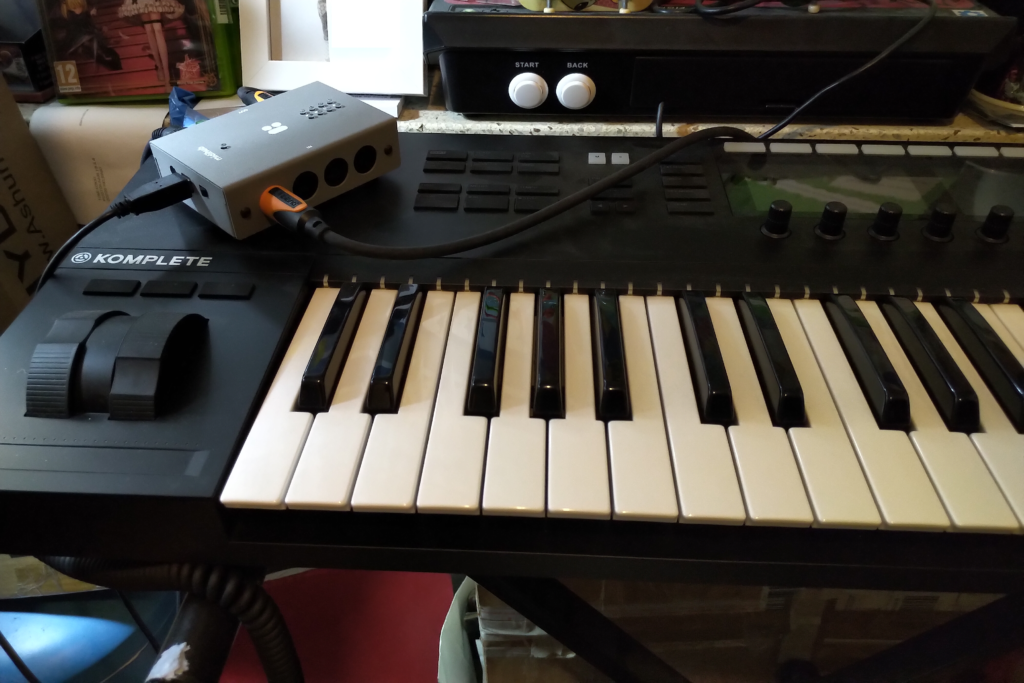Every musician has a different approach when it comes to creativity. Some just sit and wait for the muse to come, others prefer hard work and trusting the process. Tomi Kokki, a musician from Finland who creates a wide variety of electronic music, from trance to IDM, prefers the latter. And though the path from idea to final project sometimes takes longer than we think, Tomi Kokki believes in the power of finishing what you start and learning from the process along the way, no matter how hard it may be.

When was the first time you felt the connection with music? Was music always important to you? If so, why?
I’ve been listening to music a lot since I remember, like most of us, I guess. I have never really played any instrument when I was a kid, but I remember that I liked to do drumming on pretty much any surface that just provided nice drum sounds. As we lived in a condo building, having a drum kit was out of the question, and unfortunately, back then, there really weren’t electronic drum kit options like there are nowadays.
I think the first time I really felt a connection with music was when I got “W.A.S.P. – The Last Command” and “Kiss – Asylum” C-cassettes from my big brother when I was 5 years old. Those just blew my mind, and they also started that aforementioned drumming thing in my young mind, as I loved to do the drumming on top of those albums. So… heavy metal and rock pretty much started it for me.
How and why did you start your creative journey? What were the biggest challenges you had to face along the way?
My creative journey started back when the Internet was only in its early days, and thus there were these things called BBS’s (Bulletin Board System), which allowed one to call into this place where there were files and discussion boards and even small chats. I started to download MOD-files from different BBS’s, which were music made with tracker programs. I didn’t know that at first, but I just liked what I heard and started to rave about those to my friend, who then said, “yeah, I know those, I even have a program you can make those yourself,” and of course I wanted that program. It was called FastTracker 2, and that was it. It was love at the first sound. That was probably somewhere around 1996 or so. Through those MOD’s I eventually stumbled on demoscene, as most of those were done by people who were in demo-groups. Then I joined a group a few of my friends had just founded. I was meant to be a graphic artist but actually ended up also making music for two of the demos and to some competitions. Eventually, I also joined a band with two other friends of mine and did some techno with a friend from this same band. This was all before the 2000s.
The biggest challenges for me were most likely making my own sounds or sampling them. Back in those days, hardware synths, samplers, and drum machines, or pretty much any hardware, were insanely expensive, not something a teen boy could’ve bought. Also, there really weren’t many good software synths either, as the computers just weren’t that powerful. There was one software synth on the DOS I need to mention, though, and it was called Analogic (later AXS). It was a basic subtractive synth, but it was the best thing I could imagine, and it provided pretty much all my sound design back then. And of course, one of the main challenges was that there were no learning resources like nowadays, so it was a lot of trial and error back then.

Could you please tell us what your music creation process looks like? How do your ideas come to life?
I almost always start by jamming. I just play with some inspiring sounds and let it flow naturally until I hit something I like. But generally, I don’t have any set in stone way of starting my tracks. That jamming can really be whatever, drumming, playing some pads or making some bassline, with hardware, with software, whatever really. The most important thing for me is to just “let it come to me” and keep the process natural and have fun.
When I finally get some idea I like, I always record it down fast. I don’t usually second guess too much. If something pleases me, I trust that feeling. I also usually make a bit more than what I eventually end up using, and I always make almost all the elements of the track first. I don’t compose while arranging. That workflow just isn’t for me. So, I start arranging when I feel I have most of the stuff there, all the building blocks, so to speak. Usually, I then jam with those elements, kinda trying arrangement ideas thru playing the track live.
Inspiration tends to come and go. What keeps you inspired and helps you move forward each day, especially when you feel less creative?
I believe the best way to keep the inspiration flowing is to keep the process natural. What I mean is that I don’t force myself into any categories, I just make what comes out of my system. I also believe that you need to create a lot to keep the flow going on strong. I also even finish the tracks I eventually end up shelving. I believe the best process to learn is to finish the work. It gives you confidence and routine.
If I don’t feel creative, then I do something else. I always work on multiple tracks at the same time, and those are often in different phases. So, if I struggle coming up with melodies, I’ll go, for example, arranging or mixing some other track. Or I might build my dj or live-set. There’s always something to do. And of course, in some cases, it can be a good thing to have a small break from music altogether… but generally, I don’t want to do that, as it tends to mess up the creative flow.

You have released a few albums already. How would you say creating an album is different from making music in general?
I don’t think for me there is that much of a difference. I just get some idea for a theme or concept I want to explore and then use that to inspire me, and to bound the tracks I’ll make as one bigger thing. I’m sure some people have way, way more thought put into creating an album or EP, but that’s pretty much my process in a nutshell. In my case, the moment I know I have enough material for an album or EP is when there comes that feeling of “ok, I’m done with this now, I gave my all”. It’s just a feeling, hard to explain. 🙂
We have noticed that you use Midihub for your music. If you would have to stick with only 3 Midihub modifier pipes, which ones would it be and why?
DISPATCHER!!! And Virtual MIDI port and probably Filter. Those already provide so many possibilities for all kinds of setups. Dispatcher is THE thing that sold me Midihub as it allows me to play some of my non-polyphonic instruments as polyphonic ones. Virtual MIDI-port is just such a damn good concept, pretty much the core of the system. Filter, well, who wouldn’t want to filter the MIDI messages? 🙂

What are your future plans? Do you have anything exciting you could share with us? Please do!
I released the first single from my upcoming concept “double-EP”, and will soon follow that with the first part of this project. This time I’ll be blending IDM, breakbeat, trance, and house, staying somewhere around the 120bpm. I’d say it’s a tad bit more artistic project than the more dancefloor-oriented “…While You Can” and “There’s A Party In My Head And Everyone’s Invited”.
Check out Tomi Kokki’s new single “The Loved Ones – Part One” from his upcoming EP:
Follow Tomi Kokki:
SoundcloudBandcamp
Spotify
Merch
KekeRosberg
Hyvä Tomii!!11
Sam
Cool! I love your creative process